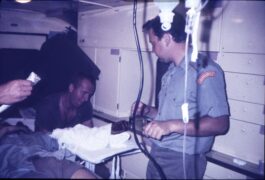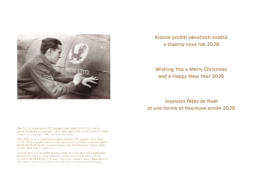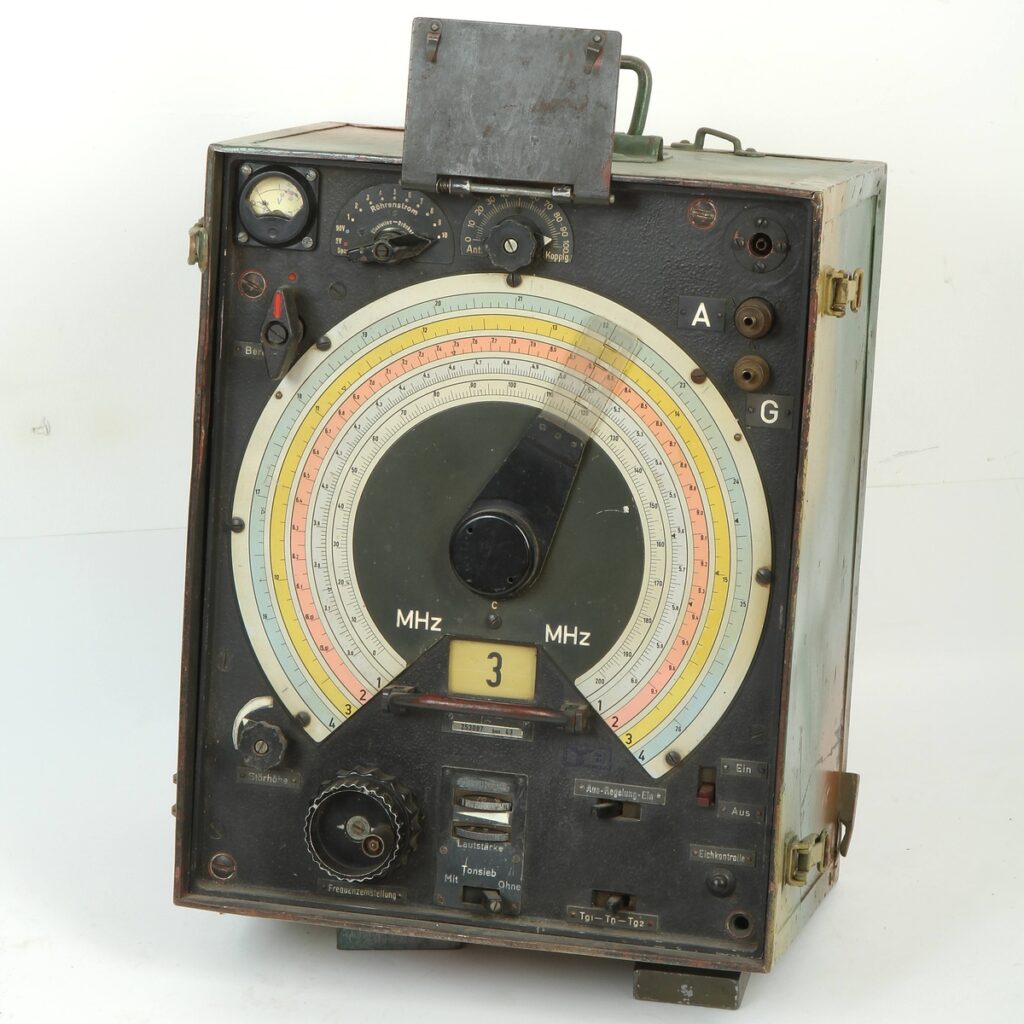
15 German Eavesdropping Monitoring Receiver Fu.H.E.c, 1943
Fotogalerie
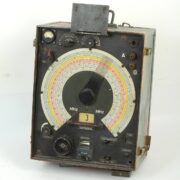
German Army disposed of very modern stations of radio reconnaissance. The EP2 goniometric receiver together with Fu.H.E.f. and Fu.H.E.c. monitoring receivers were the most important representatives of this equipment. Monitoring and direction finding stations (Funkmesstellen) as well as the mobile detection and ranging units directly subordinate to the Reich Security Main Division (Reichssicherheitshauptamt – RSHA) existed on the territory of Reich since the year 1937. Radio Direction Finding Service Centre (Funkmessleitstelle Berlin-Spandau) was located in Berlin.
In the Protectorate, they established (Funkmesstelle Süd-Ost Prag) with the central in former “noble-women institute” at Prague Castle with its branch in Brno. The Prague Central employed 40 female wireless operators and 20 searchers furnished with the most modern equipment for intercepting, monitoring, recording, direction finding and detection of premises of the illegal transmitters. In the first wartime years, the Radio Direction Finding Service used the following strategies:
- The operators in central offices, equipped with surveillance receivers, monitored the short wave bands.
- In case of detecting an unknown radio station, the operators of several direction finders determined azimuth at which the signal was received and, by means of these azimuths, they located the position of illegal transmitter.
- The data were delivered to the search unit responsible for the area where the transmitter was found.
- Search unit sent mobile detection and direction finding vans to the area of transmission.
- Position of the station was specified by gradual direction finding and approaching of the vehicles.
- Searching of premises of concrete flat was performed by walking searchers equipped by belt direction finders.
- Actual liquidation of the illegal radio station was performed under direct control of relevant Gestapo Division.
Aktuálně
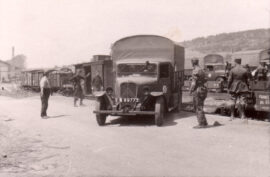
Oceňovaní spojenci - Pozemní útvary československé branné moci v bitvě o Francii očima francouzského velení

Vánoce a přelom roku v zahraniční misi na Slovensku v roce 2022

Prosinec 1944 – oficiální vydání prvních poštovních známek osvobozeného Československa
